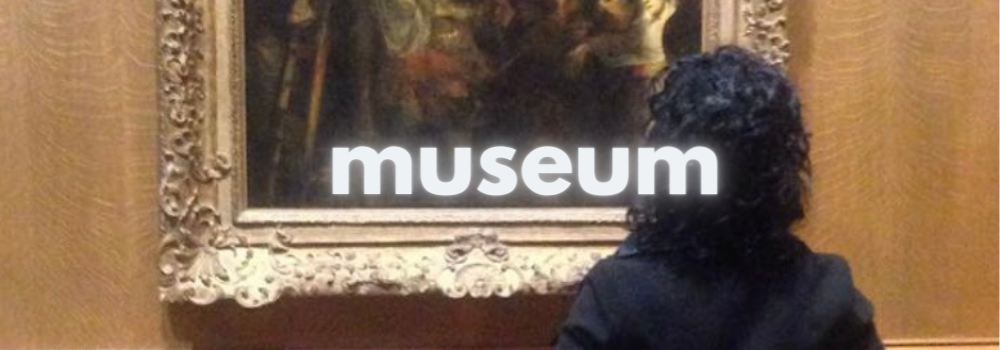
Visiting a museum can be an incredibly rewarding experience, but it’s important to be prepared
before you go. First and foremost, make sure you wear Comfortable Walking Shoes, as you’ll likely be
doing a lot of walking. Bring a Backpack Or Tote Bag to carry any necessary items, such as water and Snacks Or Energy Bars, and a Map Or Guidebook to help you navigate the museum. Don’t forget to bring a Camera or Smartphone For Capturing Memories to capture any moments that inspire you, and a Portable Phone Charger to keep your device charged throughout the day. Dress in Warm And Comfortable Clothing, as museum temperatures can vary, and don’t forget to apply Sunscreen And Hat if you’ll be
spending time outside. Lastly, be sure to bring Cash Or Credit Card For Ticket Purchases Or Souvenirs you may want to buy. With these items in tow, you’ll be able to enjoy a day at the museum without any unnecessary stress.
Safety and Risk:
Museums are generally safe places, but it’s important to be mindful of your surroundings.
Follow any posted rules and regulations, stay with your group, and be respectful of the artwork
and other exhibits.
Difficulty Level:
Visiting a museum is typically an easy activity, as long as you can walk and stand for extended
periods of time. Some museums may have stairs or uneven flooring, so be sure to check
accessibility before you go.
Cost:
Museum admission fees can vary greatly depending on the museum and the exhibits on
display. Some museums may offer free admission, while others may charge a substantial fee.
Check online or call ahead to find out about admission costs and any discounts that may be
available.
Duration:
The amount of time you spend at a museum can vary depending on your interests and the size
of the museum. Plan to spend at least a couple of hours, but be prepared to stay longer if
you’re particularly interested in the exhibits.
Physical Requirements:
Visiting a museum typically doesn’t require any special physical requirements beyond the
ability to walk and stand for extended periods of time. However, if you have any mobility
issues, be sure to check the accessibility of the museum before you go.
Equipment and Gear:
While there isn’t any specific equipment or gear you need for visiting a museum, comfortable
shoes and clothing are recommended. Some museums may have strict guidelines on what you
can bring inside, such as backpacks or food, so be sure to check ahead.
Location:
Museums can be found in cities and towns all around the world. Some are located in urban
areas, while others may be more remote. Be sure to plan your visit and consider transportation
options such as public transportation or parking.
Reviews and Recommendations:
Before you visit a museum, check online reviews and recommendations from other visitors.
This can give you an idea of what to expect and which exhibits are the most popular.
Cultural Significance:
Museums are often home to exhibits that have cultural significance and provide insight into the
history and art of a particular place or time period. Be open to learning and understanding the
cultural significance of the exhibits you’re viewing.
Overall, visiting a museum can be an enriching experience for people of all ages and interests.
With some basic knowledge and preparation, you can make the most of your visit and gain a
greater appreciation for the exhibits on display.
What to wear?
When visiting a museum, it's important to wear comfortable clothes and shoes, as you will likely be doing a lot of walking and standing. Avoid wearing jewelry or clothing with loose buttons or embellishments that could damage the artwork. Additionally, some museums may require you to wear a mask or follow specific dress codes, so it's best to check their website or call ahead before your visit.
When Should I?
Depending on the location of the museum, there may be various transportation options available such as public transportation, car, or even walking. Research the museum's location ahead of time and plan your route accordingly. If driving, check for parking options and fees in advance. If using public transportation, check schedules and plan for any necessary transfers. Consider downloading a transportation app or using a GPS to help navigate the area.
How to Get There?
Museums can be busy places, especially on weekends or during peak tourist seasons. To avoid crowds, consider visiting on weekdays or during off-peak hours. Many museums also offer special events or exhibitions, so check their website or social media for upcoming events and plan your visit accordingly. Finally, if you have specific exhibits or areas of the museum you want to visit, plan your visit around those to make the most of your time.
